
Locality Map


WhatsApp Now

Scan to WhatsApp
OEM Manufacturer
and its Benefits
|
Roasting coffee beans is considered an art, as the roaster needs to determine when the process has brought the beans to their peak of flavor. Roastmasters often prefer to follow a "recipe" or "roast profile" to highlight certain flavor characteristics.
Coffee roasters use names for the various degrees of roast, such as Cinnamon Roast, Vienna Roast, American Roast, City Roast and French Roast, for the internal bean temperatures found during roasting.
But terms used to describe this process are not uniform, so you can not always count on them to tell you what your brew will taste like. Unless you have decided on the roast type, the best way to know what you like is to sample the various roasting options available.
Read more... Click here
|
Raw Green Coffee
Defects found in raw green coffee beans can be anything from unripened beans, to broken or discolored beans, to stones, twigs, or any foreign matter. Higher quality coffee is more carefully sorted to remove all of these defects. The greater the number of defects found in a lot of coffee, the lower the grade.
|
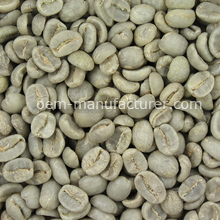 |
Cinnamon Roast Coffee
At this yellow stage the moisture content in the coffee beans begins to be released from the coffee and usually you will see steam arising from the roast. By now the humid grassy smell should normally be in the surrounding air. This is a very light roast level, immediately before first crack. Light brown, toasted grain flavors with sharp acidic tones, almost tea-like in character. |
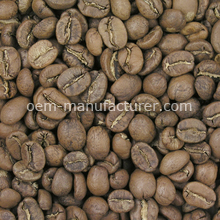 |
New England Roast Coffee
New England Roast smells like a baked bread smell or something like toasted grain. This is commonly referred to as the light brown stage. Moderate light brown, but still mottled in appearance. Some specialty roasters perfer this roast as it highlights the origin characteristics as well as complex acidity.
|
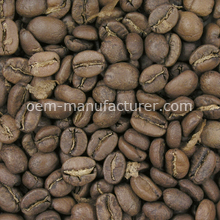 |
American Roast Coffee
American roast coffee beans tend to be medium roasted, creating a moderate brew with a lively flavor that is not too light or heavy. Medium light brown, towards the end of first crack. A common roast for some single origin coffees. Most commercial coffee in the U.S. is roasted to a very light roast called American. This roast produced a palatable cup of coffee. |
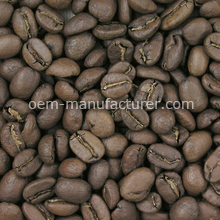 |
City Roast Coffee
Medium brown City Roast is common for most specialty coffee. It is Good for tasting the varietal character of a bean. City Roast coffee has completed the First Crack, and has been allowed to brown up slightly, but the Second Crack has not sounded yet. Notice the slightly rough texture of the coffee surface with darker lines. At this point the coffee has expanded from the First Crack |
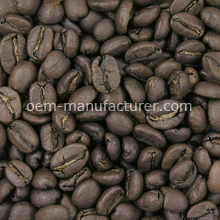 |
Full City Roast Coffee
Full City roast stops where the coffee beans had shown signs of 2nd crack. The actual temperature that second crack normally occurs is higher at 446 degrees f of internal bean temperature. A Medium dark brown appearance with occasional oil sheen, roast character is noticeable at the beginning of second crack. This is also a common roast level for espresso blends. |
 |
Vienna Roast Coffee
Vienna Roast is characterized by small spots of oil on the bean's surfaces and a lightly deeper color than American Roast. This oil comes from within the coffee bean, is brought to the surface due to prolonged roasting time. The greater presence of such oil is what gives dark roasted coffee its distinguishable taste. |
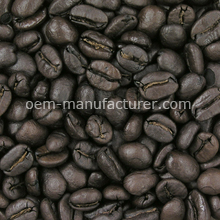 |
French Roast Coffee
French roasted beans are darker than Vienna roast and a bit oily with a hint of smokiness. Unlike the Italian roasted coffee beans that are black to the point of being carbonized, their flavor is extremely smoky and oily. French Roast creates a deep heavy flavor, some of the more subtle flavors of coffee will be hidden by the dark roasted smokeyness. |
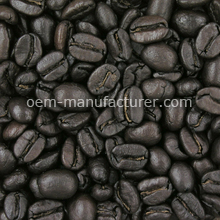 |
Spanish Roast Coffee
Extremely dark brown in color, nearly black and very shiny appearance with thinner body that is very charcoal, tar toned and flat. At this point the coffee's flavor-contributing compounds are very much degraded, the coffee's cellular matrix is completely ruined and the soluble solid content is diminished. The cup will taste absolutely "thin" |
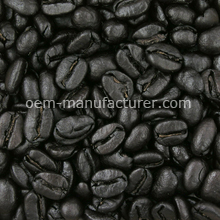 |
Coffee Cherry
The coffee cherry matures for about 5-6 months on the branch! During this period it is susceptible to damage from weather, rain (or lack thereof), hail, insect damage, etc. The cherry must be ripe when picked, which is why all quality coffee is harvested by hand because a branch contains ripe and unripe fruit simultaneously so hand picking is unavoidable |
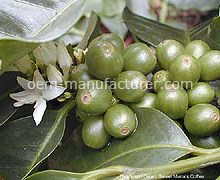 |
|



